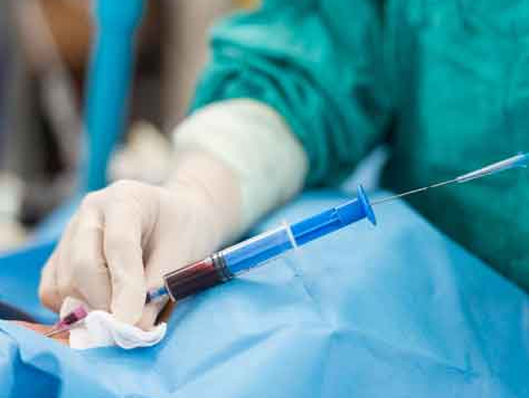
Vascular repair in plastic surgery refers to the surgical reconstruction or restoration of blood vessels. This is a critical aspect of various plastic and reconstructive procedures, particularly those involving tissue transfer, microsurgery, and trauma reconstruction. Vascular repair is essential for ensuring proper blood supply to tissues, promoting healing, and optimizing the success of surgical interventions.
Key points about vascular repair in plastic surgery include:
Microvascular Surgery:
Free Flap Procedures:
Trauma Reconstruction:
Revascularization:
Aneurysm Repair:
Peripheral Arterial Disease (PAD):
Monitoring Blood Flow:
Vascular repair is a specialized skill within plastic surgery that requires expertise in microsurgical techniques and an understanding of blood vessel anatomy. Surgeons performing these procedures often work with precision instruments, microscopes, and fine sutures to achieve successful vascular anastomosis (joining of blood vessels).
The success of plastic and reconstructive surgeries heavily relies on effective vascular repair, as adequate blood supply is essential for tissue survival and optimal outcomes.
Plastic Surgen , Dr. Sandeep Kansal is a consultant Plastic-cosmetic Surgeon in Meerut. He is currently practicing at , Kailashi Superspeciality , Lokpriya And Nuteema Hospital in Meerut.
Copyright © 2023 Dr Sandeepkansal. All Rights Reserved.